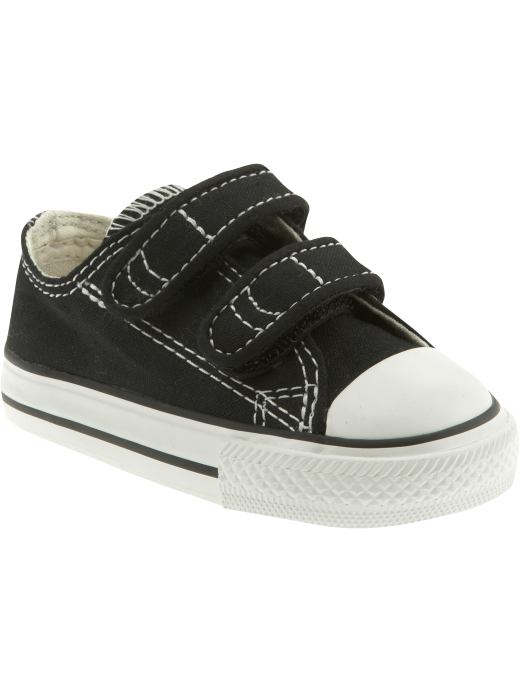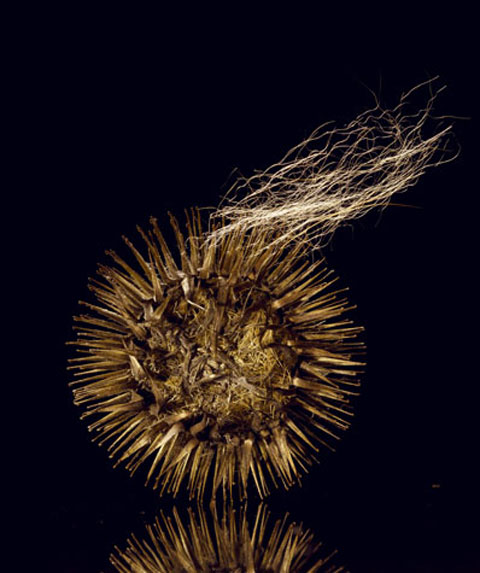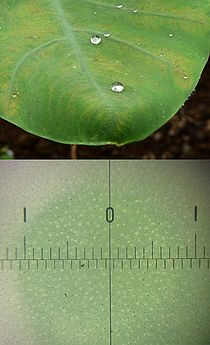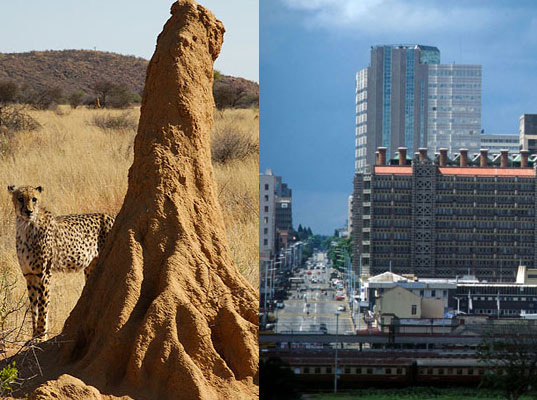Velcro
The Lotus Effect - "naturally self-cleaning, water-repellent surface." - Discovered by "botanist Wilhelm Barthlott of the University of Bonn in Germany - The nanoscopic surface of the lotus' leaf has the ability to repel water; thus, allowing the water droplets to roll around and collect the dirt on the leaf. - Products, such as paints, have been modified to have a similar effect so that stains and dirt can be more thoroughly avoided (4). Mercedes-Benz Boxed Car Turbine Blades
Shinkanse Bullet Train - "Modeling the front-end of the train after the beak of kingfishers, which dive from the air into bodies of water with very little splash to catch fish, resulted not only in a quieter train, but 15% less electricity use even while the train travels 10% faster."- Travels at 200mi/hr (5). Building Structure |

 For example, the invention of velcro can most likely benefit children or those who are lazy. Velcro is commonly found on strap-on shoes. With the way society is running, teenagers and adults are so busy with their daily schedules. They wouldn't like to spend time on tying their shoes when they have to hurry for school or work. With their strap on shoes, made with velcro, they can slip in and out of their shoes with ease. For example, the invention of velcro can most likely benefit children or those who are lazy. Velcro is commonly found on strap-on shoes. With the way society is running, teenagers and adults are so busy with their daily schedules. They wouldn't like to spend time on tying their shoes when they have to hurry for school or work. With their strap on shoes, made with velcro, they can slip in and out of their shoes with ease.  Other than teenagers and adults benefiting, children can also pertain to those benefits. Because they're young in age, and they're still learning the basics of life, they can get used to the easy strap on shoes. They can get in and out of them in a split second while they are being safe. With strings, children can trip and fall if they are loose. Unlike dangerous strings, the invention of velcro can help children be safer as they run around and play. Other than teenagers and adults benefiting, children can also pertain to those benefits. Because they're young in age, and they're still learning the basics of life, they can get used to the easy strap on shoes. They can get in and out of them in a split second while they are being safe. With strings, children can trip and fall if they are loose. Unlike dangerous strings, the invention of velcro can help children be safer as they run around and play.Overall, the invention of velcro is benefiting to the society by helping parents, children, teenagers, and adults who are trying to live a safe and easy life. |





